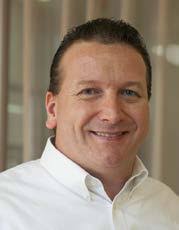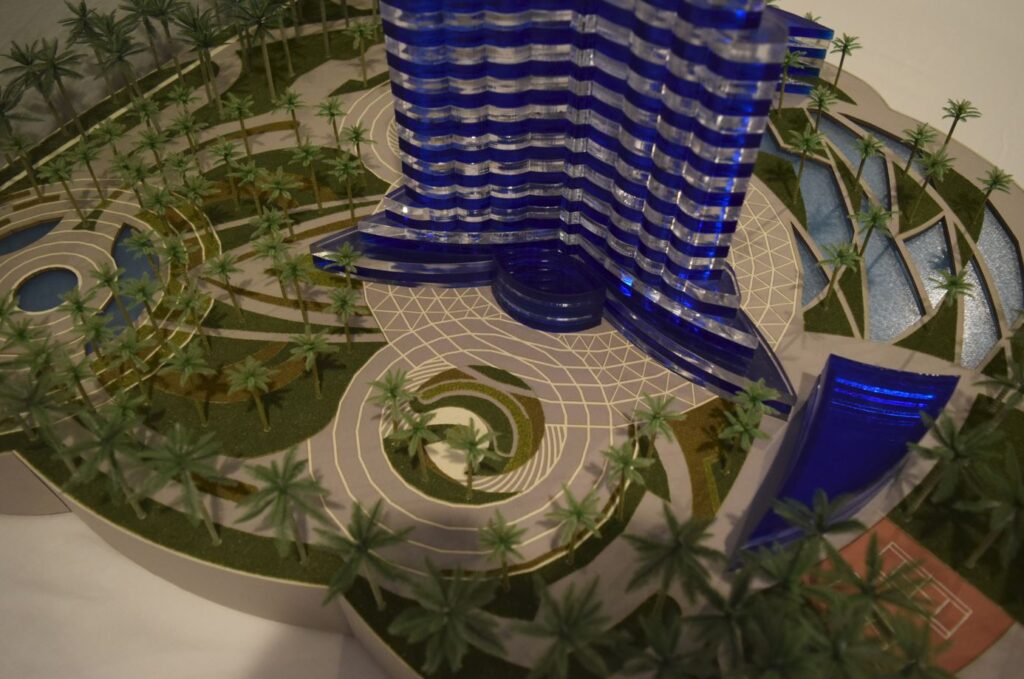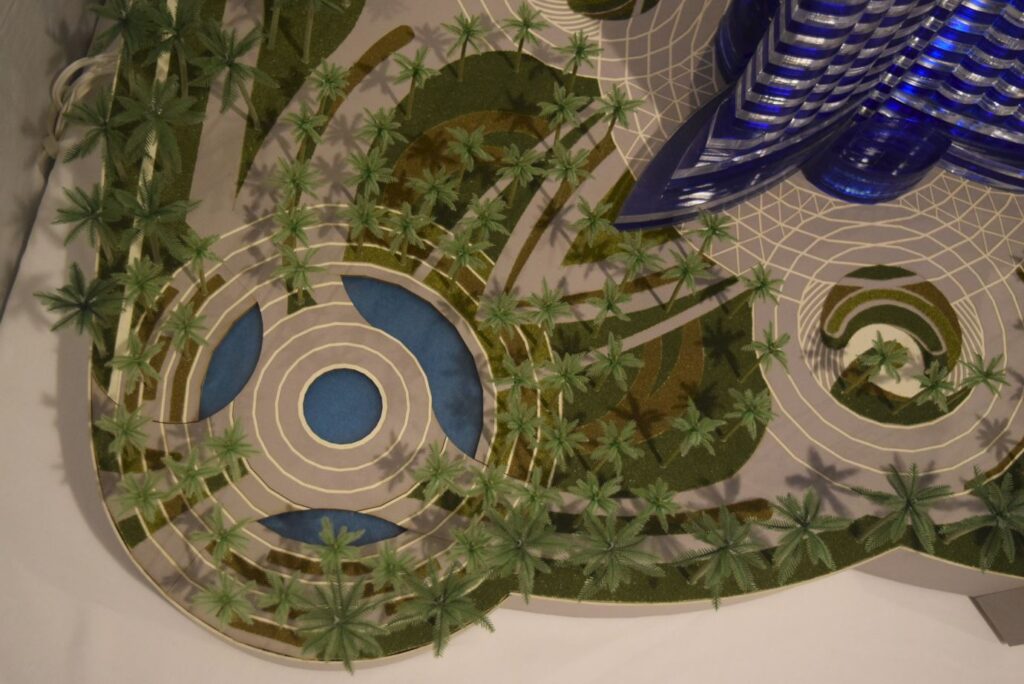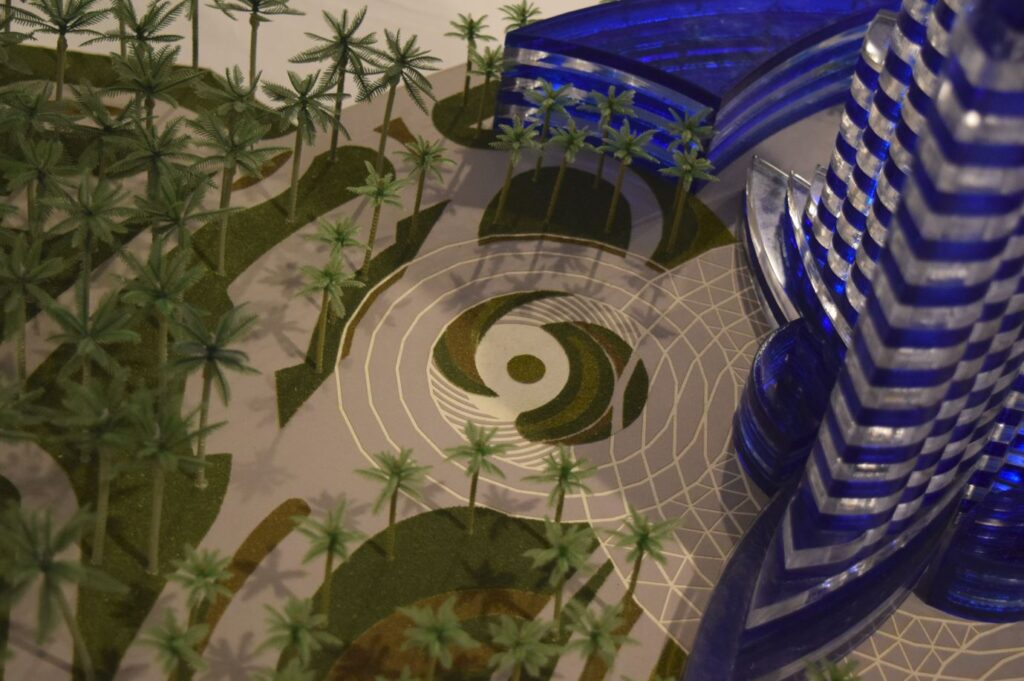

Bio
Roger Frechette
PE, LEED AP
Managing Principal, Interface Engineering
Roger’s impressive resume covers three decades of design experience, including sustainable/energy master planning and many significant iconic buildings. The Burj Khalifa, Dubai; Greenland Tower, Wuhan; Plot 16. Moscow; BBVA, Mexico City; and the Pearl River Tower, Guangzhou are just a sampling of his recent work. In 2004, he was recognized by the US Congress for his work in sustainability, and he is a current Senior Fellow with the Design Futures Council.
Show Notes
- Roger’s Role & overview of Interface Engineering (6:35)
- Origins (7:30)
- Raised in Ashburnham, Massachusetts (rural town)
- Mediocre student but fast (The Flying One)
- Father the head of a Motorcycle Gang (The Slaves)
- Lived in a “commune” for bikers
- Treetop seat on a chopper with bungee cords holding his cradle
- Education (10:45)
- Recruited by Boston U. as a track athlete but had to have a major for studies and he needed a scholarship, but they couldn’t offer him one, so he ran away from home
- Then recruited by Southeastern Massachusetts University to run track and decided to major in mechanical engineering
- Odd college experience- worked full time and if you got a good grade on a final exam and he crammed for finals in every course…and did very well.
- Career (16:00)
- Small firm in Middleborough, MA
- C. A. Crowley Engineering– office in the basement of a bowling alley (2 years)
- Syska Hennessy Group in Cambridge, MA (17:30)
- Worked on first high rise project in China there
- Learned how buildings came together and how the business worked there
- Liked the problem solving aspect of the business initially
- His new father in law moved to Roanoke, VA and had to commute back and forth initially and tried to resign to move, so his company asked him to open an office in Northern Virginia in 1993 (21:00)
- Successful in winning large projects in DC area (25:00)
- Firm hired an older experienced guy to be his boss and he decided to resign
- Joined Vanderweil Engineers and opened an office in Alexandria, VA in 1995 (27:00)
- Work was in the Mid-Atlantic primarily
- Embassies, Labs, Office Buildings, Retail
- Clients were Architects primarily
- Structural firms stay within that framework
- Medium size firms have mostly gone away…either large firms with multiple services or small boutique specialized firms (29:00)
- Interface is a medium size firm
- Ten years with Vanderweil and had a great run there.
- Ownership transition and Roger became bored running the firm and not doing the design work as much (32:00)
- Left and joined Skidmore Owings and Merrill (SOM) to lead the MEP Engineering group at this international firm (35:00)
- Challenged to take on the practice
- Focus on Sustainability was stronger
- Formed two groups
- Sustainable Design MEP Group
- Formative Design group
- Sustainability initiative (38:20)
- Referred to Sandy Mendler at HOK who led the initiative on LEED rating and environmental perspectives
- Stimulated him to learn how to become more energy efficient
- Buildings represent the largest piece of the “Carbon pie” that contributes carbon to the atmosphere
- Breaking down the walls
- Project in Guangzhou, China (China National Tobacco Corp.)- 2.1 M s.f. building that was “Net Zero” energy (Most energy efficient tall building in the world) called Pearl River Tower (40:50)
- Radiant Cooling System– First implementation in China
- Seismic issues offset by wind forces created altering the plan to implement “holes” in the building to take advantage of the relief in pressure from the wind and they designed wind turbines to provide energy for the building
- Triple pane skin- Heat energy away from the building with PV panels on much of the skin of the building
- Natural gas consuming fuel cell plant
- Net metering the building was not permitted by Chinese government
- Chinese government forced the original government tenant to move and “private” companies moved in
- Burj Khalifa project in Dubai (50:15)
- Tallest building in the World
- Scared of his inspection at 1/2 mile altitude
- Challenges of pumping water up that high
- Worked on the master plan for Dubai of 80M s.f. of buildings and work stopped due to financial issues
- Adrian Smith led SOM and was not ready to retire when told to and left to form a new firm called ASGG (53:40)
- He was in the middle of the dispute and revolution from SOM
- He formed a partnership with Kevin Cahill (his current partner) who worked with him for over 20 years and is his “opposite” in many aspects
- Started a new company and was a subsidiary of ASGG in Chicago, but it didn’t suit him (57:00)
- Subsequently started a new firm in Washington DC and learned about Interface Engineering, a Portland Oregon firm that wanted to open a DC office so they joined them. (59:00)
- Four principals for the firm
- Boots on the ground advantages to know people within jurisdictions and regulations that vary among jurisdictions
- Can be national and local
- Interface innovations (1:03:30)
- Several first “Net Zero” building types including schools, office buildings and other structures
- Cannot be risk averse to do innovative work
- Work exchanges within the firm to apply innovations
- ESG Issues (1:05:40)
- Engineers designing the new Under Armor Headquarters in Baltimore (1:06:10)
- Experience is now important in buildings analogous to driving a car- what is the comfort like?
- Are you comfortable? Many aspects include thermal, vision, and acoustical
- Optimize the human performance in a building
- All of the systems are colliding together, so need to be integrated
- MEP Engineering Profession (1:09:40)
- Architecture leads the design process and the engineers report to architects
- MEP Systems- HVAC, Cooling, Ventilation, Electrical, Plumbing, Fire Protection and alarm
- Commissioning systems
- Each client requires different set of services per project
- An example of insulation could apply to each part of the project
- Structural engineer provides the skeleton of a building
- Architect provides the skin for the building
- MEP systems are the dynamic systems
- Reaction to quote from Chamath (see below) (1:14:30)
- Important not to impose uniform principles to all buildings
- Focus on changes that are meaningful
- Used example of AGU building as a “statement” that makes an impression or provides an inspiration
- Example of Energy Star refrigerator and smart phone impacts on the environment from a presentation from Dominion Energy
- Priorities of what impact can be made (1:21:00)
- System for return air with plants (1:22:00)
- Working with outside air needs “conditioning” unless an internal system is created
- American Geophysical Union (AGU) Building
- Video Series
- Hydroponic system of plants that absorbs CO2 and cleans the air and generates O2
- System tests quality of air and “chooses” to use either the internal or the outside air for the building
- NASA is using this system for generating O2 for long space travel
- Chris McAfee- Leader who wanted to retrofit building to “Net Zero” level energy usage
- Four Step process (1:29:00)
- Reduction
- Reduce energy usage
- Reclamation
- Reclaim energy
- Absorption
- Outside building to use energy forces
- Produce energy
- Reduction
- Bundle of strategies (1:35:00)
- Hydroponic system
- Rainwater reclamation
- Direct Current (DC) Power building
- Challenges with transferring into AC power
- No need for conversion to laptops or other power sources
- Heat transfer system (Absorption) instead of a geothermal source that tapped into the DC Sewer system
- Wet well next to sewer system that extracts and cleans the water to heat and cool the water in the building
- DC Water was excited to use this for other buildings
- Pandemic trends (1:43:30)
- Building systems can cause infection from viruses
- Building owners needed to figure out how to change the building to filter viruses and manage infection
- Created a webinar series to address pandemic implications on filtering air and other solutions
- “Dilution is the solution to pollution” (1:47:00)
- Air quality became more important than energy consumption
- UVGI
- All else being equal, being outside is better. Proximity of contact is critical…
- Taste article (Paul Graham reference)
- Questions of where architecture stops and engineering starts
- Architectural elements affect the atmosphere for the property both inside and outside of buildings in some cases
- Design Features Council- Think tank of designing an environment (1:53:50)
- Jeanine Benyus- Biomimicry: Innovation Inspired by Nature
- Multipurpose systems
- Lessons from biology to apply to buildings
- Termite mounds in Africa create a cool environment and he was inspired by it for a new building in Seoul, Korea
- Jeanine Benyus- Biomimicry: Innovation Inspired by Nature
- “Cheating”- Smartest engineers learn from nature (1:59:00)
- Sea Sponge is an inspiration for innovation in a pump
- Organic filament transmits light for “occupants”
- Translating to a building- use masonry that has organic filaments
- Business Opportunities (2:03:30)
- Reputation of “thinking outside the box”
- Respond to RFPs
- Difficult to be the low bidder
- Situations (2:05:30)
- Favorite project- A 1,000 s.f. project to contain the original Star Spangled Banner in the Smithsonian American History Museum- national treasure in surgery (restoring the flag)
- Met 4-5 Presidents and other interesting people in his career and is grateful
- Mother was disappointed in him…tried to raise him in a gang and he went “wrong”
- Philosophy (2:12:30)
- Learning the first portion of your career
- Work hard and deliver the second part
- Give back during the final part of the career
- Advice to 25 yr. old self (2:14:00)
- Enjoy the journey
- Don’t take life so seriously
- Take more time looking around
- Billboard statement
- “Don’t be afraid to be bold” (2:15:00)
- Webinar series on Biomimicry coming from Interface Engineering
Postscript
- Rameez Munawar Comments (2:18:00)
- Biker gangs to Burj Khalifa
- Unconventional story
- Curiosity was the theme of the episode
- Academics not an area of focus early on
- Had no college experience
- Overseas perspectives helped him to broaden his overall perspective
- ESG will focus more on MEP design
- Advocate of looking at buildings holistically- like large span building understanding
- Fascinating to see how large buildings are engineered
- AGU Building design was innovative
- Heat transfer system using the DC sewer system was a good story
- Mid size firm is large enough to do difficult projects yet small enough to give attention to client
- Analogies of the human body to buildings and cars to buildings
- Neri Oxman video
- Five themes of bio natural development
- Applying nature to buildings
- Rameez built a model of the Burj Khalifa building (See below)






Quote from Chamath Palihapitiya
“I think that architecture will unfortunately have a lot less value in the future, because of climate change. Now, what does that mean? Well, for example, if you look at some of the most progressive countries in the world, Europe, on the climate issue. You look, and again, start to go back to first principles, where’s the carbon emitted? Where are the greenhouse gases emitted? Well, it’s overwhelmingly in cities. Then you start to look at, okay, well, what are some of the things that we could do to electrify or decarbonize them? One thing that you get to is, you have all this incredibly beautiful architecture, but it’s completely dated. The amount of carbon that these heating systems, these water systems generate, getting stuff into these very intricate,
beautiful…You walk by these piazzas, you think, “God, these things have been around for 500 years.” On the one hand, you’re like, “It’s amazing.” But on the other hand you’re like, “This is going to be really tough for the city of Paris, or Milan, or Amsterdam, to defend historic
architecture in the face of also wanting to be carbon neutral.” I think, in the United States, it’s also going to have some direct implications as well. So, if architecturally, we unfortunately have to replace some of this old, beautiful stuff with more simple, modern stuff, we’ll have a more utilitarian landscape.
